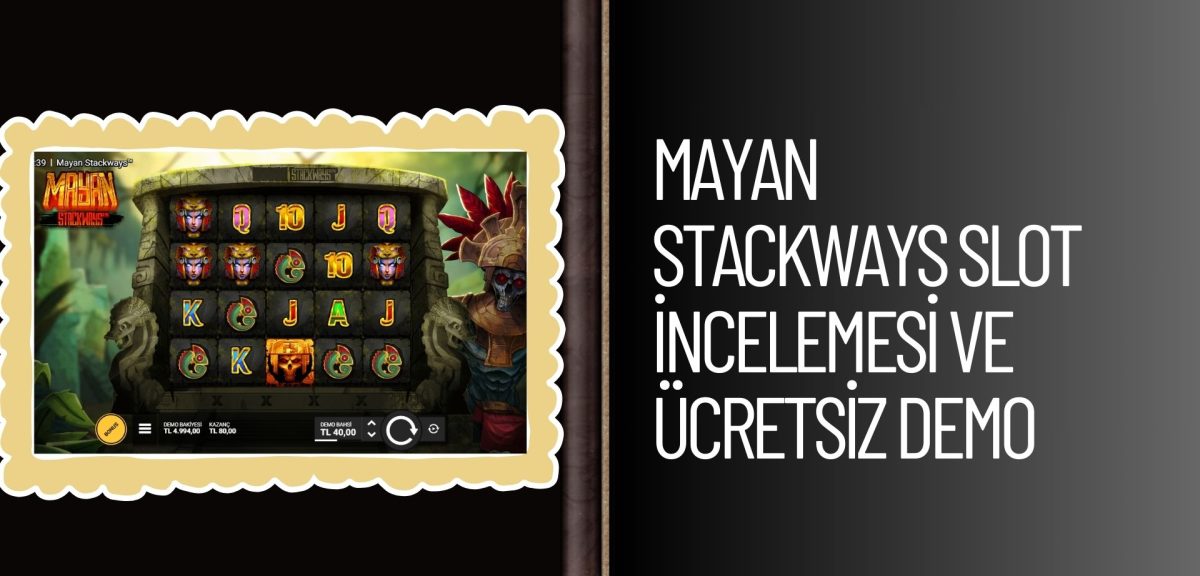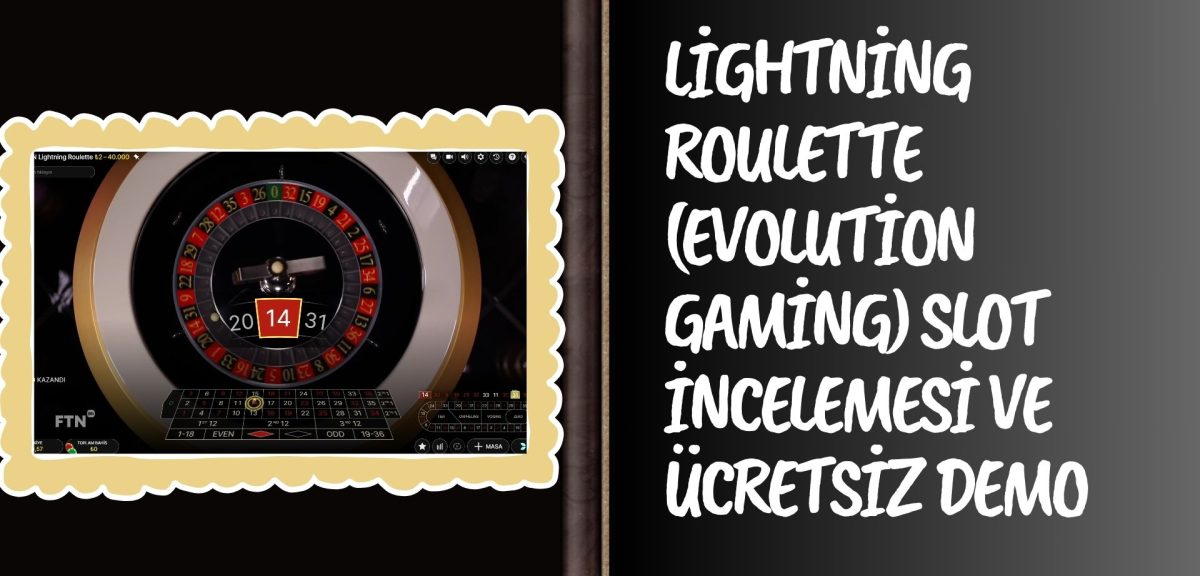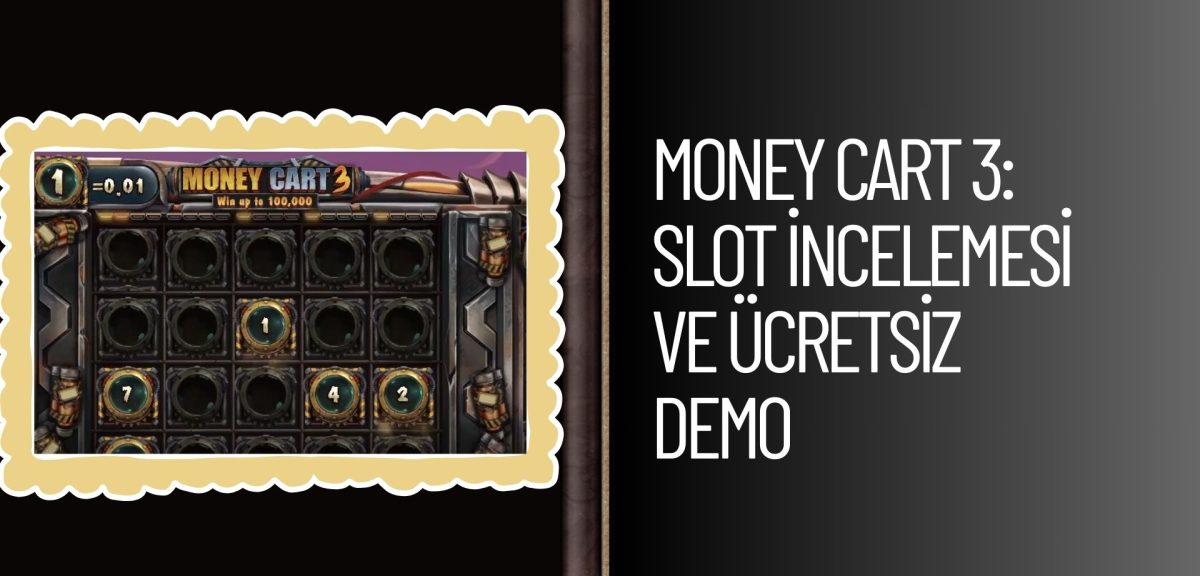Mobil canlı bahis siteleri özel listeleri ile rahatlık, üst seviyede! Mobil casinoda trend ne varsa, tek dokunuşla erişiminde!
Akıllı telefonlar ve tabletlerden giriş yapabileceğin bahis siteleriyle 7/24 konfor yakala! Tek tıkla mobil bahis oyna, tek tıkla slotlarda mobil keyfe başla! Türkiye’de sevilen ve güvenilen mobil canlı bahis siteleri listesini hazırladık. Sektörün prestij yaratan özel şirketleriyle sen de kuponlarını yapabilirsin. Üstelik daha yüksek oranlar, daha fazla bonuslar gözetilmiştir.
Türkiye’de Güvenilir Mobil Bet Siteleri 2025
Türkiye’de en güvenilir olarak değerlendirilen mobil canlı bahis siteleri domain adresleri ile içeriklerimizde yer almaktadır. Zira bu sitelerin giriş adresleri sürekli kapatılmaktadır. Bilgi Teknolojileri Ve İletişim Kurumu BTK yabancı sitelere, erişim engeli uygulanmaktadır.
İşte bu nedenle de giriş adreslerinin sürekli olarak değiştiğini ilk başta bilmelisin. Ancak mobil uygulamayı indirdiğin zaman bu sitelere her zaman sorunsuz şekilde bağlantı kurman da mümkündür. Genellikle Samsung, Huawei, Android veyahut iOS gibi uygulama seçenekleri bulunmaktadır.
Ücretsiz bir biçimde indireceğin mobil uygulama seçenekleri sayesinde sitenin tüm ürünlerine kesintisiz erişim sağlanabilmektedir. Uygulaması olmayan sitelere de yine mobil giriş adreslerinden bağlantı kurabilirsin. Çeşitli destek sayfaları ve iletişim kanalları aracılığıyla yenilenmiş domain adreslerine de pek tabii ulaşman mümkündür.
Mobil uyumluluk özelliğinde olan canlı bahis siteleri arasından yetkilendirme belgesi olanları tercih etmelisin. Sahte siteler ve dolandırıcı linklerden uzak durarak sadece güvenli platformlara dahil olman önem taşımaktadır. Bu sayede dünyanın en iyi casino oyunlarında en iyi kazançları da geliştirmeye başlayabilirsin.
Avrupa Kökenli Canlı Bahis Siteleri Listesi
Avrupa’dan yayınlanan mobil canlı bahis siteleri 2025 listesi de sana özel hazırlandı. Avrupa ülkelerinde lisanslı bir şekilde faaliyet gösteren Türkçe ve yabancı şirketlerin en iyilerine erişim sağlayabilirsin. Mobil sayfa tasarımları yanı sıra mobil sürüm seçenekleriyle de tüm etkinlikler rahat bir biçimde uygulanmaktadır.
Bu siteler genellikle Türkçe web kullanımına da uygun sistemlerdir. Aynı zamanda canlı casino alanında da Türkçe oyun deneyimlerini en harika formüller ile geliştirebilirsin. Şov oyunları, gösteri oyunları ya da kumar ürünleri… Her birinde eksiksiz sunumları olan harika platformlar bulunmaktadır. Üstelik bu sitelerde Türk lirasıyla para yatırma ve para çekim işlemlerini de sağlayabilirsin.
Gerekli durumlarda canlı destek birimine bağlandığında Türkçe formüllerde destek alman da gayet mümkündür. Dünyada pek çok casino ve bahis şirketi bulunmaktadır. Ama bunlar arasından bizler Türkiye pazarına yönelik açılmış olan güvenilir siteleri önermekteyiz.
Genellikle ticaret odalarına kayıtlı olan ve tüm resmi belgeleri mevcut olan siteler, sorunsuz hizmetler vermektedir. Dolayısıyla oyun keyfin yarıda kalmasın ve her daim sürsün diye bu tür platformlara kayıt olabilirsin.
Dünyada Seçkin Canlı Bahis Siteleri Mobilde!
Dünyada prestiji yüksek olan mobil canlı bahis siteleri ile de uygulama konforunu elde edebilirsin. Bahsettiğimiz gibi ücretsiz ve güvenli kurulum özellikleriyle aplikasyon seçenekleri sunulmaktadır. Android ya da iOS indir menüleri üzerinden işlemlerini sağlayabilirsin.
Genel olarak App Store uygulamaları herhangi bir sorun olmadan birkaç tıklama ile indirilmektedir. Ama Android uygulamaları çoğu sistemde sadece dosya yöntemiyle indirilebilir. Yani APK kurulumunu manuel şekilde yaparak indirebilirsin. Peki mobil aplikasyonu indirdikten sonra ne gibi oyunlara giriş yapabilirsin, bunu biliyor musun?
Hemen ortalama bahis ve casino sitelerinde sunulan kategorilerden bahsedelim;
- Bahis konusunda spor ve canlı menüler bulunmaktadır.
- Esports bahisleri ve sanal sporlar genel kategorilerdir.
- Sanal oyunlar, slotlar ve jackpot havuzları bulunmaktadır.
- Canlı casino ve şov oyunları menüsüne giriş yapabilirsin.
- Poker turnuvaları, tombala ve kripto casino ürünleri bulunmaktadır.
Aviator, Zeppelin ya da smart oyunlar gibi farklı farklı bölümleri bulunan casino şirketleri mevcuttur. Her firmanın genel ürünleri ve sunum biçimleri birbirine göre farklıdır. Ancak genel olarak ya casino alanında ya da casino/ bahis alanında ikili opsiyonda hizmet verilmektedir.
Hatta bazı firmalarda da Forex, borsa veyahut kripto oyun meydanları gibi farklı seçenekler bulunmaktadır. Bunlar biraz da casino şirketlerinin prestiji ve şirket yapılarına göre ayarlanabilir unsurlardır. Senin oyun tercihlerine hangi site hitap ediyor ise hemen kayıt olarak oyun oynamaya başlayabilirsin.
Üstelik Türkiye’ye açık pek çok sistemde sayısız bonus verildiğini de belirttik. Dolayısıyla deneme bonuslarından, kayıt bonuslarına dek pek çok unsuru, hemen alıp hemen kullanmaya başlayabilirsin.
Mobil Ödemelerde Eksiksiz Bahis Siteleri Listesi
Mobil ödeme geçerli olan canlı bahis sistemleriyle işlemlerini de daha hızlı yapabilirsin. Daha konforlu ve komisyon kesintileri olmadan da mobil canlı bahis siteleri finansal transferleri gerçekleştirmektedir. Mobil cüzdanlar genellikle ön ödemeli depozit sistemleri şeklinde kullanılmaktadır.
Hem para yatırımları hem de para çekim işlemlerinde bu tür opsiyonları kullanabilmektesin. Ayrıca Türkçe casino sitelerinde bankacılık ürünleri ve elektronik ödeme biçimleri gibi yöntemler, kullanılabilir özelliklerde sunulmaktadır. Kripto geçerli casino bahis şirketleri de Türkiye’de yaygın olarak tercih edilen sistemlerdir.
BTC işlemleri yapabilir CMT cüzdan ile hızlı transferlerini masrafsız şekilde gerçekleştirebilirsin. Ayrıca fulgurpay.com teknikleriyle de sistem üzerinden alım- satım ve yatırım işlemleri sağlayabilen bazı şirketler bulunmaktadır. Her platformun ödeme kuralları, teknikler ve limitlerine göre ayrıca bilgi alarak işlemlerini rahat biçimde gerçekleştirebilirsin.
Hem ödemelerde hem de para çekme konularında hiçbir şikayeti olmayan özel siteleri de listelerimizden incele. Gün boyu 1 TL ya da 5.000.000 TL arasında yatırım çekim yapabileceğin güvenli siteleri ekledik. Sorunsuz transferler ve masraf olmadan aktivasyonları hemen yapabilirsin.
Dünyada Popüler Canlı Bet Siteleri Mobilinde!
Dünyada çok popüler olan mobil canlı bahis siteleri ile kazancını yüksek seviyelere getirmeye ne dersin? Farklı kıtalar ve ülkelerden %100 canlı şekilde sunulan harika ürün sunumları bulunmaktadır. Canlı bahislerini tam kapsamlı marketler ve ürün bahis türleriyle de gerçekleştirebilirsin.
Oranlarına göre market ve bülten sunumlarına göre çok özel firmalar seçtik. İstersen tek maça bahis istersen birleştirilmiş ya da sistem özelinde bahisler de uygulayabilirsin. Bir de kripto para kumarhanelerinden söz etmek isteriz. Bunlar sadece belirli bir ülke ve alana değil, tüm dünyaya hizmet veren firmalardır.
Standart tarayıcılar şeklinde değil de yalnızca VPN bağlantılı arama motorlarından giriş yapılan sitelerdir. Üstelik bu firmaların resmi internet adresleri de hiç değişmemektedir. Genel anlamda benzer ürünler sunulur ve fakat daha kapsamlı etkinlikler uygulanmaktadır.
Ayrıca özel algoritmalar ile kanıtlanabilir adillik test sistemleri de bu sitelerde uygulanmaktadır. Bonus türleri Türkçe casino ve bahis şirketlerinden daha farklıdır. Ve yaygın olarak nakit ödüllendirme sistemleri ve komisyon geri iadeleri gibi kampanya tanımlamaları olduğunu belirtelim. Üstelik bazılarında haftalık 1.000.000 $ değerinde bile nakit ödül programları bulunmaktadır.
Casino Oyunlarında Profesyonel Mobil Bahis Siteleri
Mobil canlı bahis siteleri casino oyunlarıyla da büyük beğeni toplamaktadır. Özellikle slotlar konusunda canlı bahis sitelerinin değerlendirilmesini önermekteyiz. Bizler de favori olan ve en çok kayıt alan bazı sitelerin lobilerini inceledik. İlk başlangıç için bazı oyun önerilerinde bulunmak isteriz.
Aşağıdaki tabloda yer alan oyunlar genellikle en çok para kazandıran ürünlerden oluşmaktadır. Üstelik demo modları ile hemen test etmek için de önerdiğimiz platformlara giriş yapabilirsin.
| Rocket Wins |
| Trout`s Treasure – Egyptian Catch |
| Starlight Princess |
| 20 Golden Coins |
| 243 Crystal Fruits |
| 3 African Drums |
| Sweet Bonanza X Mas |









